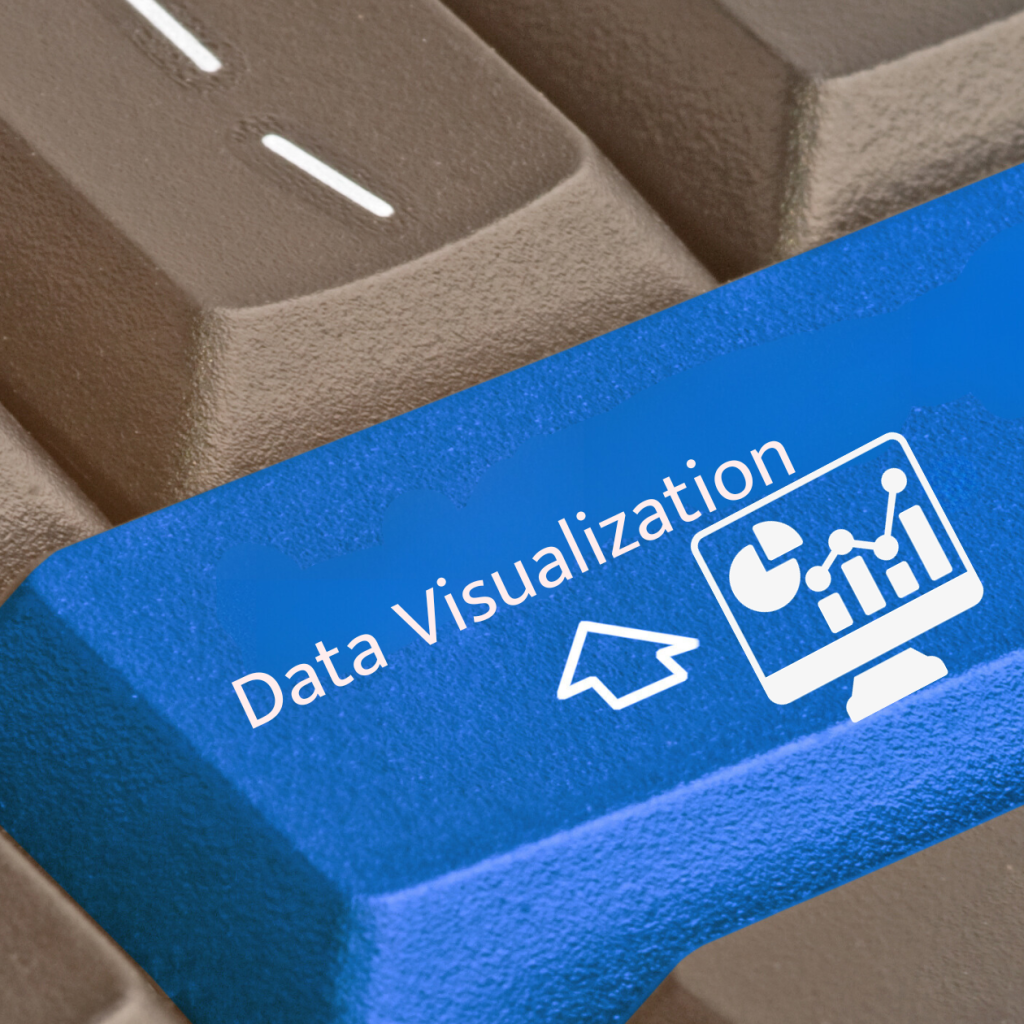
In the rapidly evolving landscape of technology, data analytics stands at the forefront, driving innovation and empowering decision-makers. This article explores the dynamic field of data analytics, shedding light on its evolution, key components and the pivotal role technology plays.Moreover, we delve into the top data analytics trends for 2024, providing valuable insights for those navigating this transformative journey.
1. All About Data Analytics
> Introduction to Data Analytics
In the era of information abundance, the field of data analytics has emerged as a cornerstone for businesses and organizations seeking to glean actionable insights from the vast volumes of data at their disposal. Data analytics, in its essence, is a systematic process that involves collecting, organizing, analyzing, and visualizing data to uncover meaningful patterns and trends. This transformative approach empowers decision-makers with the knowledge necessary to make informed choices and gain a competitive edge in their respective domains.
> The Significance of Data Analytics
Data analytics has become integral to modern business strategies, influencing operations, marketing, finance, and overall decision-making. As technology continues to advance, the importance of leveraging data to drive innovation and optimize processes has never been more pronounced. Organizations that harness the power of data analytics gain a deeper understanding of their operations, customer behaviors, and market dynamics, positioning themselves for success in a data-driven world.
> How Data Analytics Works?

The process begins with the collection of raw data from diverse sources, including customer interactions, transactions, social media, and more. This data is then organized and cleaned to ensure accuracy and consistency. The organized data undergoes thorough analysis using various statistical and machine-learning techniques to extract valuable insights. These insights are not only about past performance but also serve as a basis for predicting future trends and making proactive decisions.
2. Key Components of Data Analytics
The data analytics process comprises four key components: collection, organization, analysis, and visualization. Each step plays a vital role in transforming raw data into actionable intelligence.
> Data Collection
At the heart of data analytics lies the process of data collection. This involves gathering information from various sources, which could include databases, surveys, sensors, or any other relevant means. The quality and quantity of data collected significantly impact the accuracy and depth of subsequent analyses.
> Data Organization
Once the data is collected, it needs to be organized in a structured manner. This involves cleaning and formatting the data to eliminate inconsistencies and ensure uniformity. Proper organization sets the stage for effective analysis by making the data more accessible and understandable.
> Data Analysis
Data analysis is the core of the analytics process. It involves examining the organized data to identify patterns, trends, and meaningful insights. There are various analytical techniques, including statistical analysis, machine learning algorithms, and data mining, that analysts use to extract valuable information from the dataset.
> Data Visualization

Analyzing raw data can be complex, and presenting findings in a comprehensible manner is equally vital. Data visualization employs charts, graphs, and other graphical representations to convey complex information in a visually appealing and easily understandable format. This step enhances the interpretability of the data.
3. Business Impact of Data Analytics
The evolution of data analytics has mirrored the advancements in technology. From traditional methods to cutting-edge algorithms, the field continues to adapt and expand, offering new possibilities for businesses to gain deeper insights into their operations and markets.
But, it is important to note that beyond the technical aspects, data analytics has a profound impact on business strategy.
Informed decision-making, improved operational efficiency, and a competitive edge are among the many benefits organizations derive from embracing data analytics.
It’s not just about understanding the past; it’s about shaping a more informed and agile future.
4. Top Data Analytics Trends for 2024
> Augmented Analytics
Augmented analytics, powered by AI and ML, is a game-changer. It automates complex tasks, allowing data analysts and business users to access, analyze, and interpret data effortlessly. This uses artificial intelligence (AI) and machine learning (ML) to automate and enhance data analytics.
Augmented analytics can help data analysts and business users access, prepare, analyze, and interpret data faster and easier without requiring technical skills or coding. Augmented analytics can also generate natural language explanations and recommendations based on the data, making it more understandable and actionable.
> Edge Analytics
In 2024, edge analytics will take centre stage by analyzing data at the network’s source or edge. This reduces latency and bandwidth and enhances the security and privacy of sensitive information.It means data analysis at the network’s source or edge rather than in the cloud or a centralized server.
Edge analytics can reduce the latency, bandwidth, and cost of data transmission, as well as improve the security and privacy of data. Edge analytics can enable real-time and responsive data-driven applications, especially for manufacturing, healthcare, and logistics sectors.
> Data Observability
Ensuring data quality, reliability, and performance throughout its lifecycle is vital. Data observability helps identify and resolve issues, maintaining data governance, compliance, and trust. It also can monitor, track, and ensure data quality, reliability, and performance throughout its lifecycle.
Data observability can help data analysts and business users identify and resolve data issues, such as errors, inconsistencies, anomalies, and breaches. Data observability can also help maintain data governance, compliance, and trust and support data-driven decision-making.
> Conversational BI
There will be a game-changing shift in data analytics with Conversational BI in 2024! Thanks to Gen AI solutions and Business Intelligence tools – those are breaking free from static formats and embracing dynamic, chat-based interactions. This means you will be able to have a natural conversation with your data—no coding or tech skills needed.
Conversational BI, fueled by AI and ML, opens the world of data analysis to everyone. But it’s more than just processing data. Conversational BI tools go beyond generating easy-to-understand language explanations and recommendations. It’s like having a friendly chat with your data, effortlessly gaining valuable insights. This trend isn’t just about analytics; it’s a movement toward inclusive and user-friendly data conversations.
5. Conclusion
As we traverse the ever-evolving landscape of data analytics, staying informed about emerging trends is paramount. Augmented analytics, edge analytics, data observability and conversational BI are poised to shape the future. Embrace these trends to harness the full potential of data, driving innovation and informed decision-making.
If you’re eager to stay at the forefront of the ever-evolving field of data analytics and want insights into the top trends for 2024, reaching out to Datacrew.ai is a wise move.
Datacrew.ai is renowned for its expertise in data analytics and is likely to provide valuable information on emerging trends that could shape the landscape in the coming year. Visit our website https://datacrew.ai/ to explore our services, and contact our experts today!
6. FAQs on Data Analytics Trends for 2024
Q1: What is augmented analytics?
Augmented analytics involves using AI and ML to automate and enhance the data analytics process, making it accessible to a broader audience.
Q2: How does edge analytics improve data security?
Edge analytics ensures that data is analyzed at its source, reducing the need for data to be transmitted, thereby enhancing security and privacy.
Q3: Why is data observability crucial in analytics?
Data observability ensures the quality and reliability of data, helping identify and resolve issues to maintain data governance and compliance.
Q4: Where can I find more information on data analytics trends?
You can explore the referenced websites in this article or utilize our internal web search tool for tailored recommendations.
Q5: How often do data analytics trends change?
Data analytics trends evolve rapidly, and staying updated is crucial. The landscape can witness significant shifts within a year.